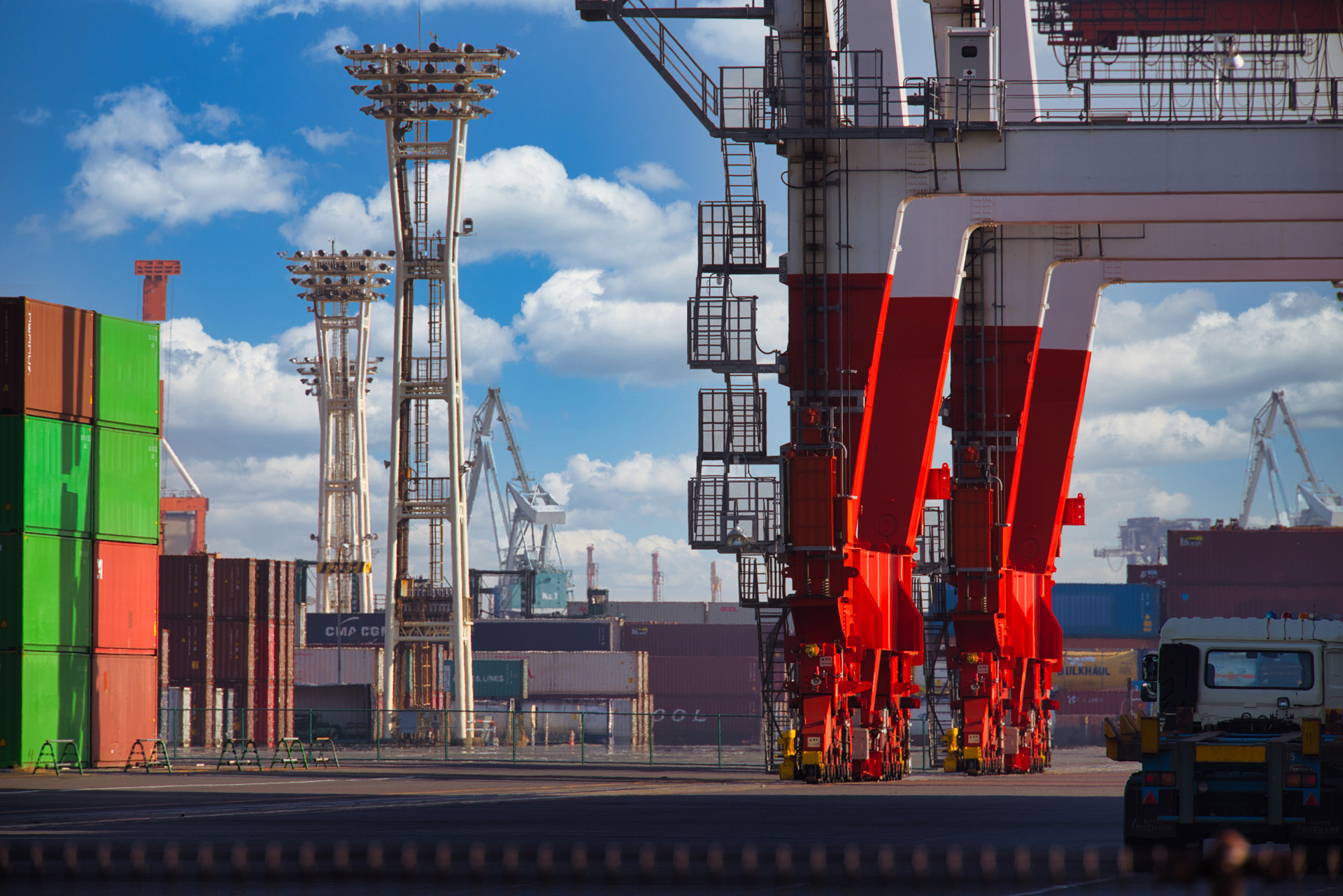Global Carriers Reshuffle Fleets to Minimize Exposure
Container lines are making rapid adjustments to their fleets as the U.S. prepares to impose new port-call fees on Chinese-built ships this October. According to Xeneta, nearly half of the 566,000 TEUs of Chinese-built vessel capacity deployed on U.S. routes in 2025 will be replaced by non- Chinese ships before the deadline.
Peter Sand, chief analyst at Xeneta, described the reshuffling as a “tall order,” noting that carriers are balancing legal restrictions tied to “place-of-build” with operational realities. Still, most global alliances appear ready to mitigate cost impacts without passing on major surcharges to shippers.
Who Is Most Exposed?
- Cosco & OOCL: With 296,000 TEUs of Chinese-built tonnage, they face the highest exposure. Both carriers have limited options to redeploy and are expected to absorb the fees rather than charge customers.
- CMA CGM: The French carrier is repositioning 42,000 TEUs of Chinese-built capacity to Europe and South America and has assured customers it will not add surcharges.
- Evergreen: With only four Chinese-built ships in its global fleet, Evergreen remains largely insulated and may even cover gaps left by alliance partners.
- Maersk & Hapag-Lloyd: Through the Gemini Cooperation, both carriers removed roughly 60,000 TEUs of Chinese-built capacity from trans-Pacific trades, avoiding fee exposure.
- MSC: The world’s largest carrier shifted out 19,000 TEUs of Chinese-built ships and says it is fully prepared for the new rules.
- ONE, Yang Ming & HMM: These Premier Alliance partners have minimal Chinese tonnage left on U.S. rotations, with ONE reducing its exposure to just one small vessel.
Implications for Shipbuilders
While the fees have dampened newbuild orders at Chinese yards—S&P Global Ratings reported a 54% year-over-year drop in the first half of 2025—Beijing’s shipbuilding dominance remains intact. Orders are rebounding, with analysts noting that South Korean and Japanese yards face labor shortages and limited capacity.
Ultimately, only about 9% of U.S. port calls in 2024 would have been affected by the fees, according to S&P. This suggests that while the U.S. initiative may push some orders away from China, structural limitations in alternative markets will ensure China maintains its lead in global shipbuilding for at least the next two to three years.
Key Takeaways for Logistics Leaders
- Fleet agility matters: Carriers with diversified fleets can reallocate tonnage and shield shippers from added costs.
- Alliance strategies are evolving: Ocean Alliance and Gemini Cooperation show how collaboration enables flexibility under regulatory pressure.
- China’s shipbuilding resilience: Despite headwinds, the nation’s industrial dominance ensures continued influence on global fleet development.
For supply chain managers, the shift highlights the importance of monitoring not only freight rates but also vessel sourcing and regulatory shifts that could reshape costs and routing options.
Source:https://www.joc.com/article/chinese-tonnage-moving-out-of-us-container-trade-ahead-of-new-fees-xeneta-6081320
